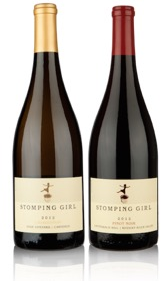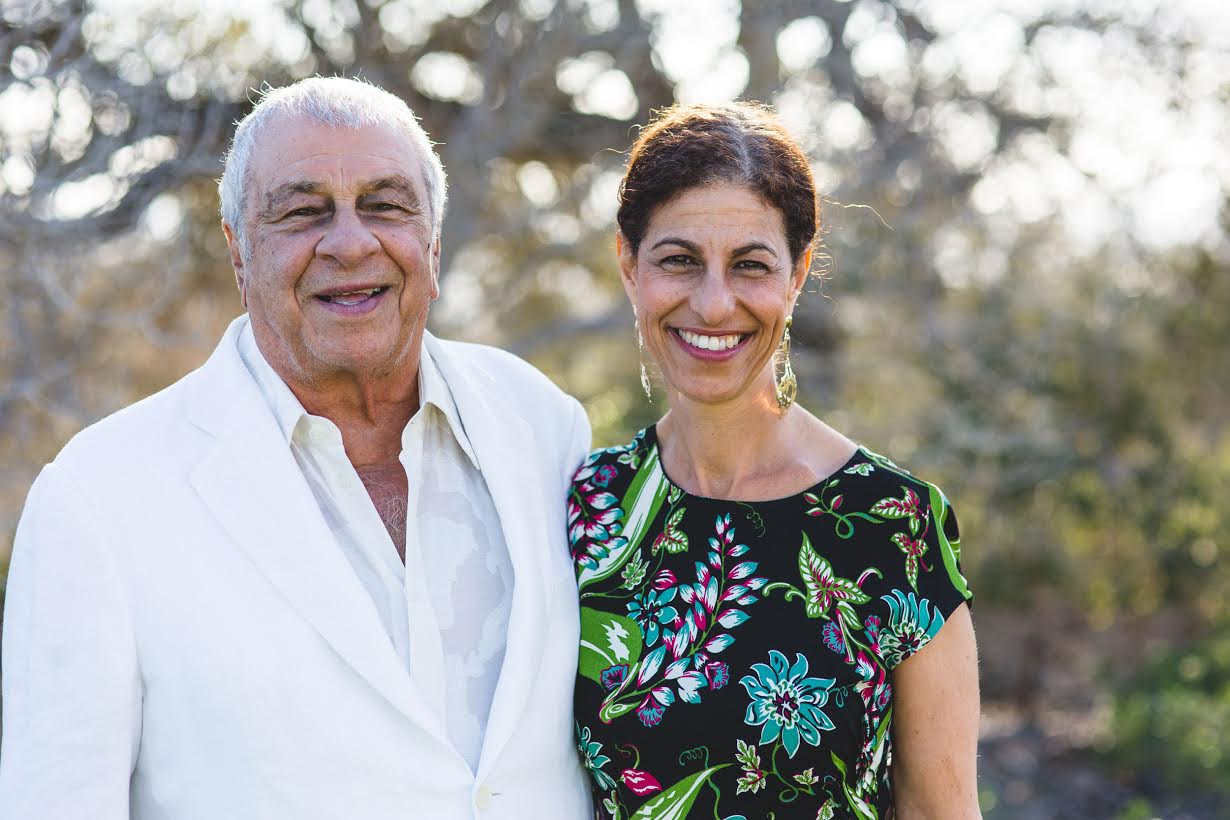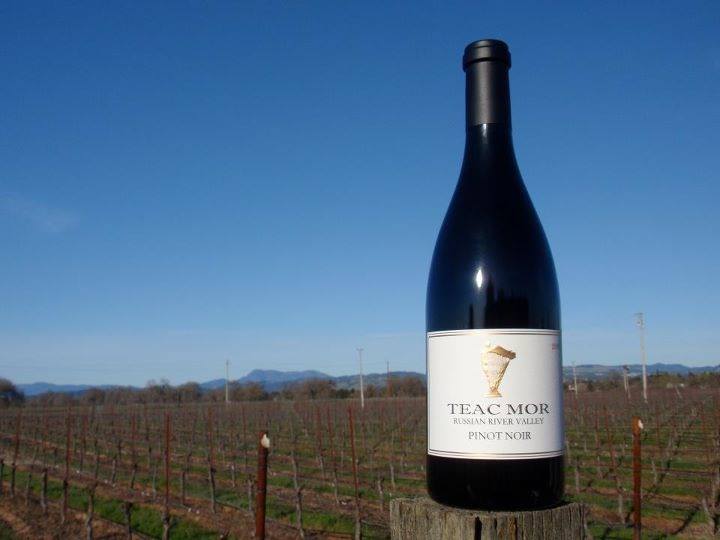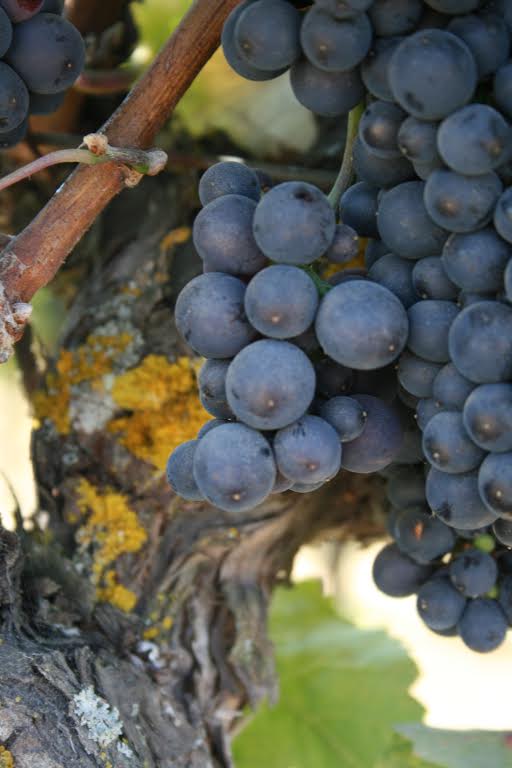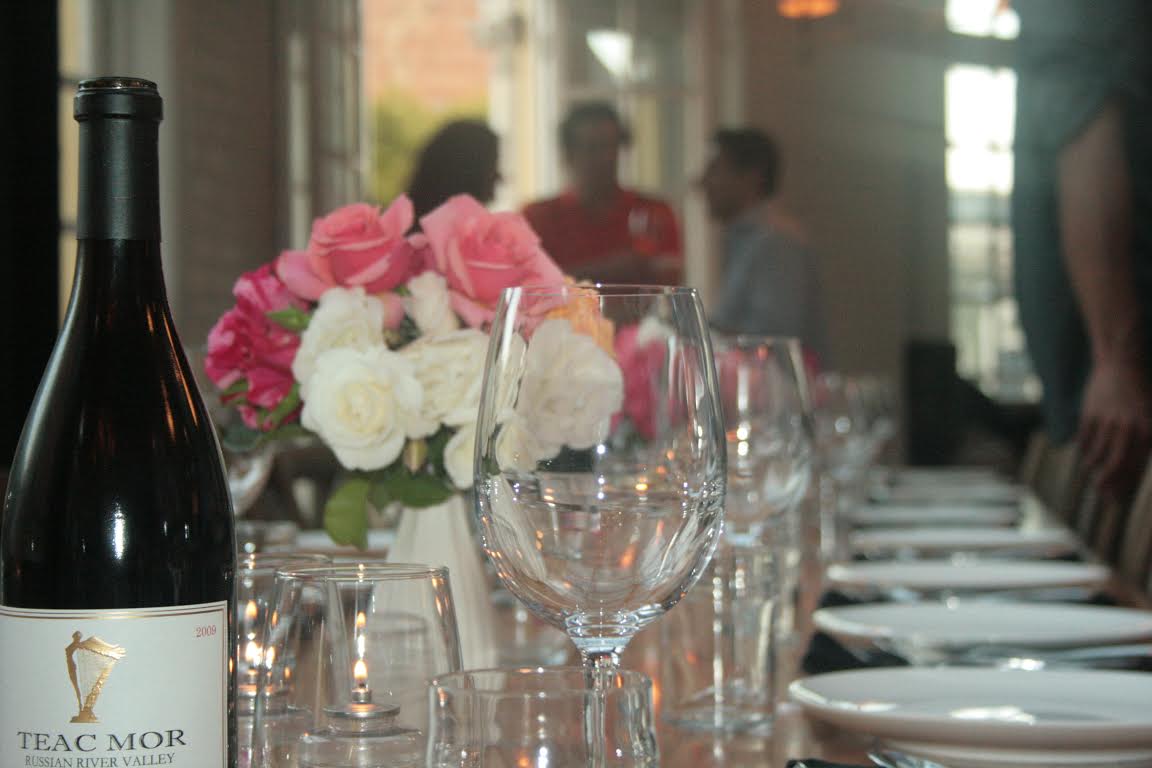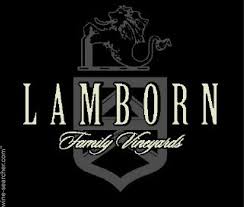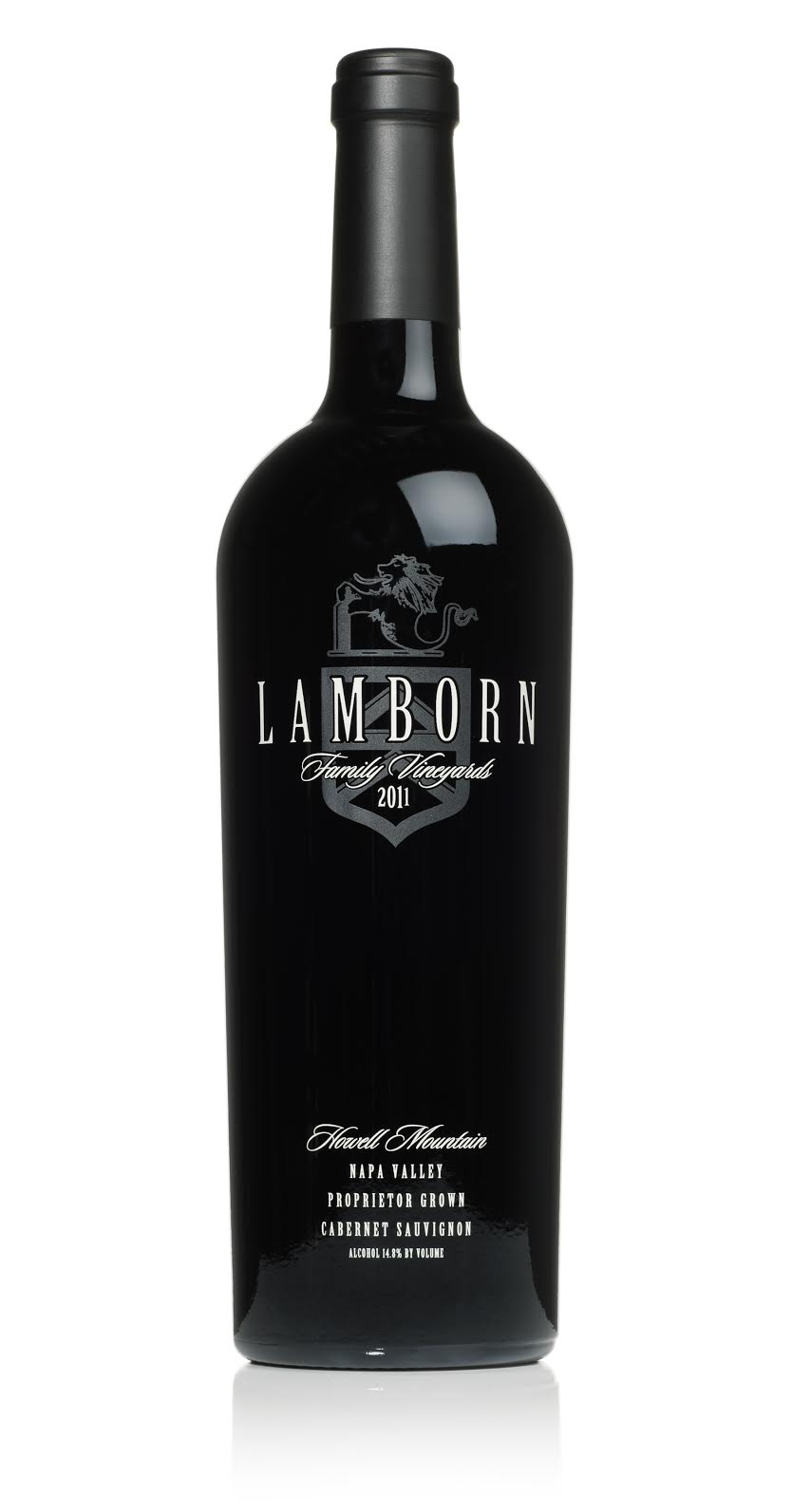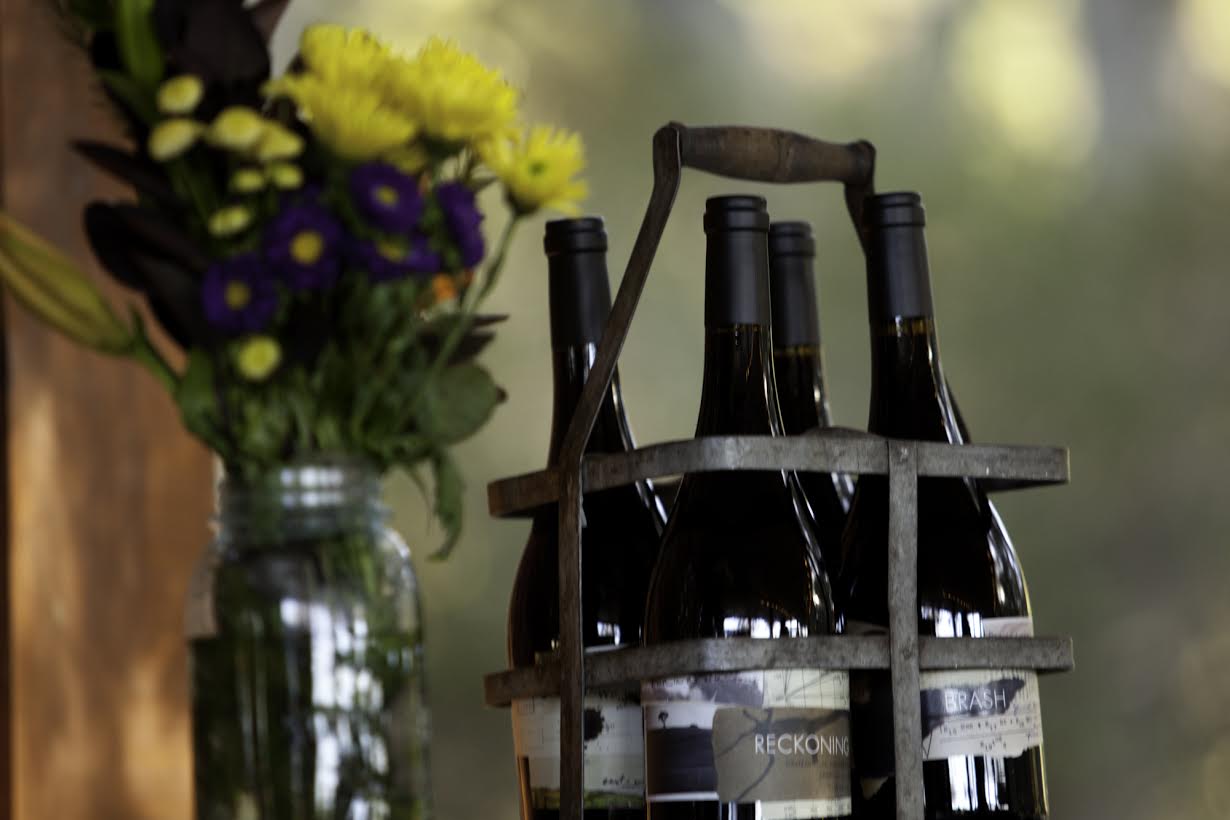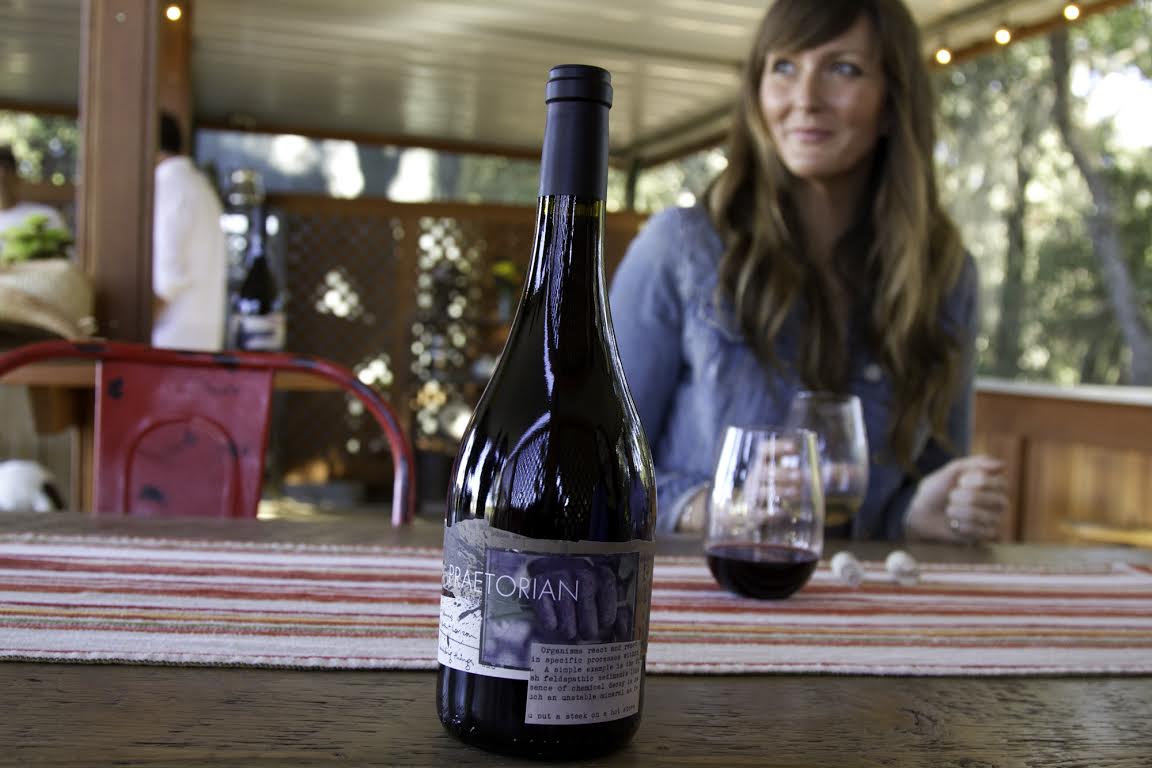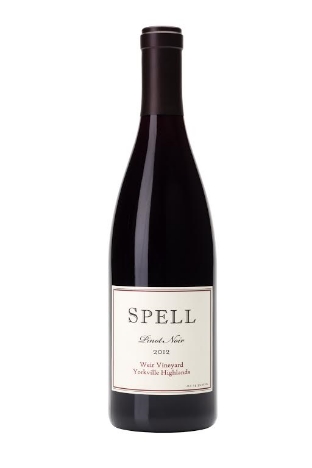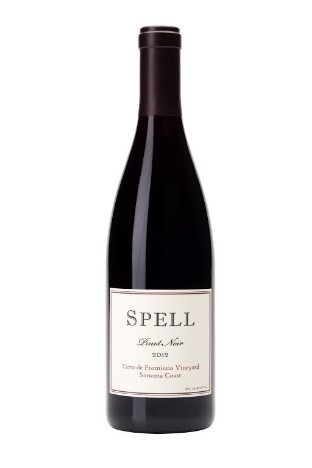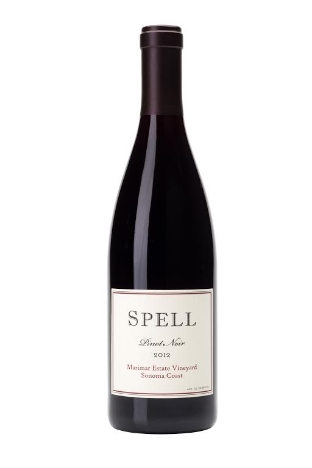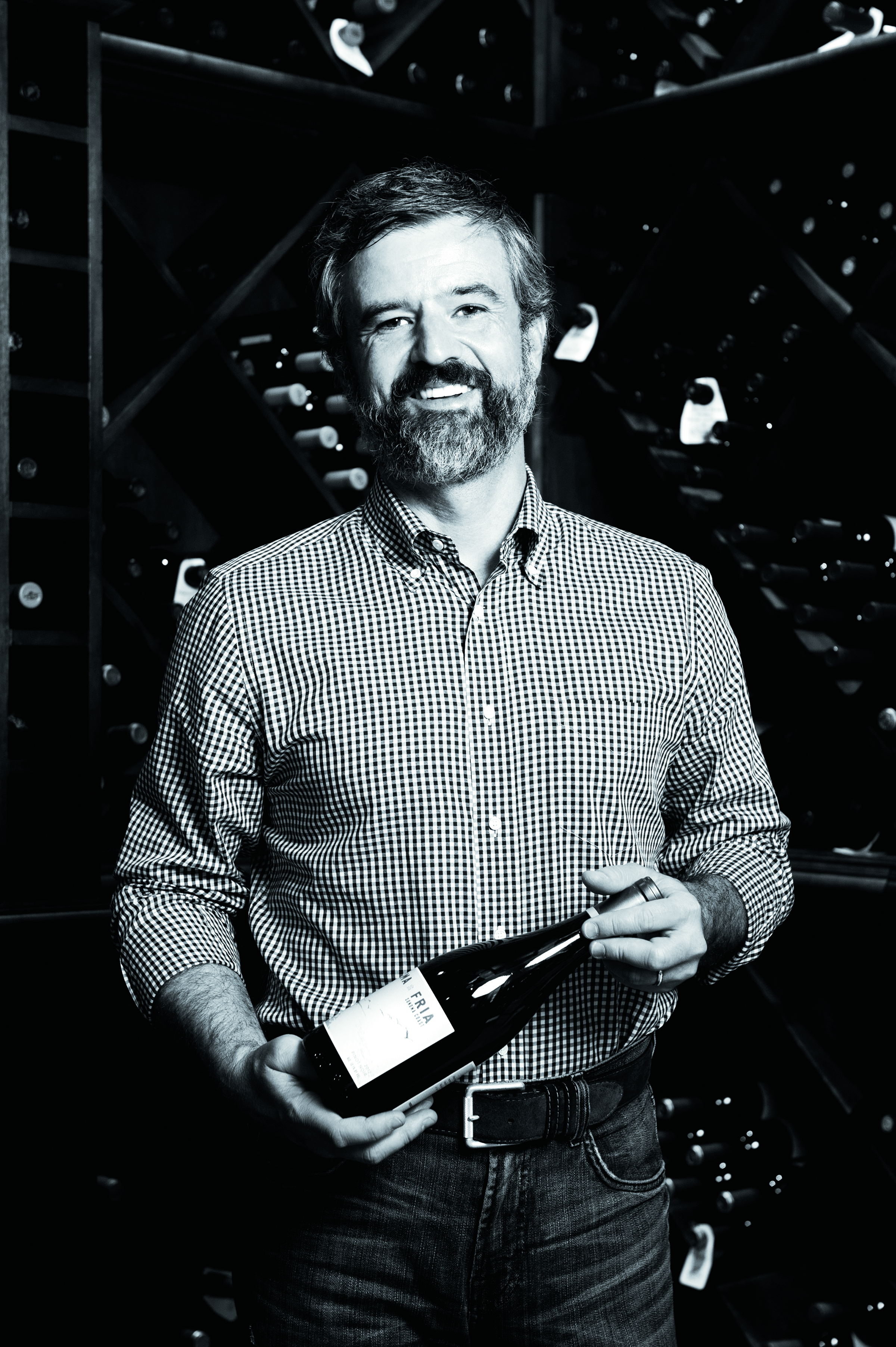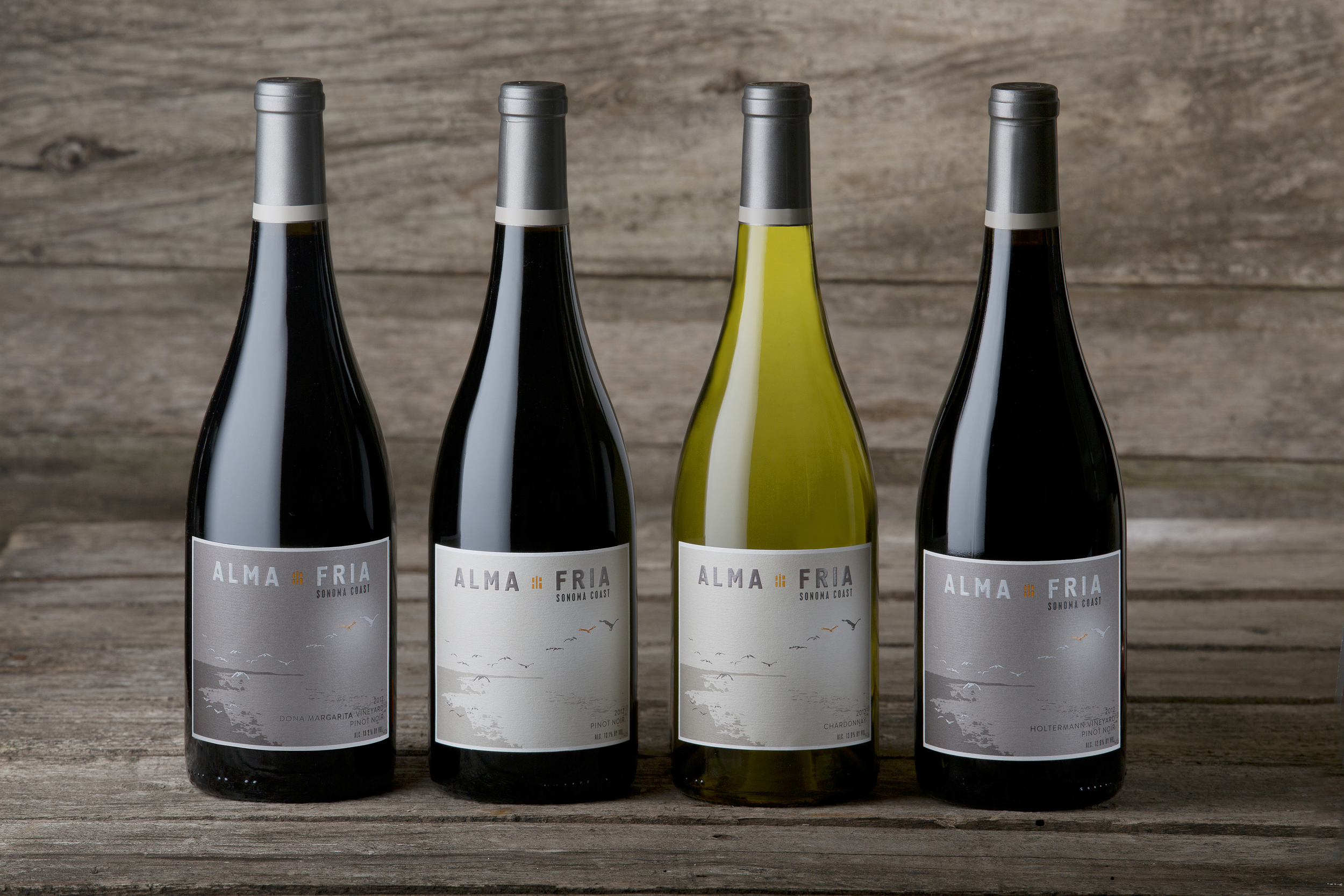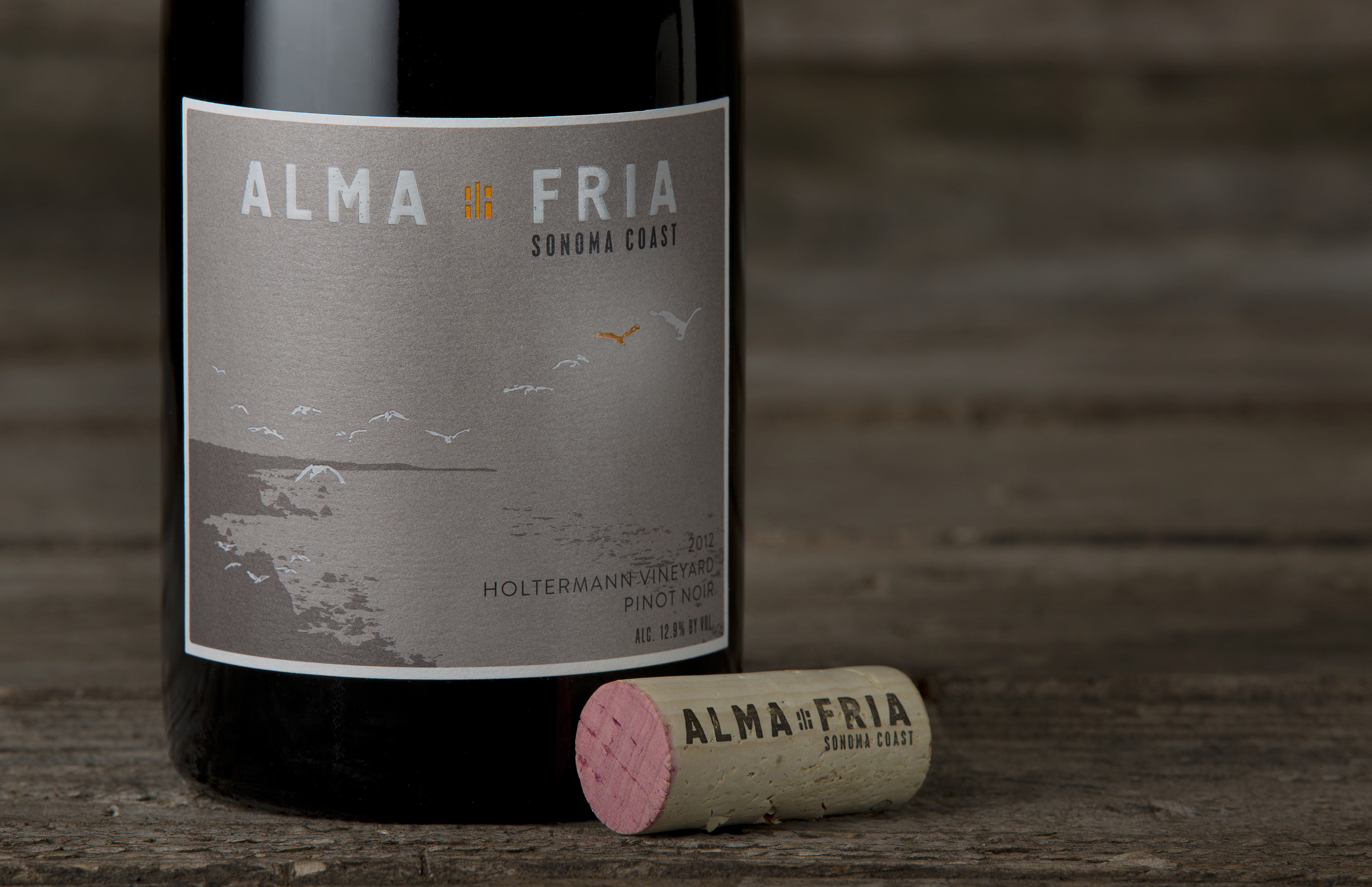"Wine Mic Monday" is a VAULT29 series based on an "open mic concept" where wineries take over our blog...because every glass and bottle of wine has a story. This week we are proud to feature Stomping Girl Wines -- a husband and wife duo crafting superb boutique pinot noir and chardonnay from top vineyard sites like Hyde, Beresini & Lauterbach Hill.
A Snapshot of Stomping Girl Wines by Kathryn & Uzi Cohen
Stomping Girl Wines was founded in honor of my grandmother, who began our family’s winemaking tradition in Israel, recruiting my younger sister to foot stomp and me to help pick the grapes during harvest on our family vineyard property. Two generations later, in 2003, my wife, Kathryn, and I carried on the tradition and began making wine in our Berkeley, CA, home wine cellar, enlisting the help of friends and our three children.
Today, working in partnership with grapegrowers at top vineyards such as Hyde Vineyard and Beresini Vineyard in Carneros and Lauterbach Hill in the Russian River Valley, we are dedicated to crafting superb Pinot Noir and Chardonnay using traditional, minimalist techniques influenced by time spent in Burgundy. We produce close to 1000 cases per year in Sebastopol, CA. Active in both Sebastopol as well as our urban outpost in Berkeley, we feel extremely lucky to be able to pursue our passion.
Our current release includes the 2012 Hyde Vineyard, Carneros, Chardonnay; 2012 Lauterbach Hill Russian River Valley, Pinot Noir; and 2012 Beresini Vineyard, Carneros, Pinot Noir.
Producing small lots of Pinot Noir requires hand punching the cap that forms on top 2-3 times a day. The grape skins rise to the top with the help of the C02 that is created during fermentation by the yeast consuming sugar. Punching the 'cap' that forms incorporates the skins back into wine below and helps in extraction of flavors and tannins.
In addition to our emphasis on vineyard designate wines coming from family-owned, sustainably-grown vineyards, we are also proud to deliver this same top-quality Pinot Noir in stainless steel kegs for restaurant by-the-glass programs. Our gravity-filled, reusable steel kegs substantially reduce our carbon footprint: there is no empty packaging to recycle or send to the landfill and CO2 emissions from transporting the wine are greatly reduced. Look for Stomping Girl Pinot Noir on tap in select Bay Area restaurants as wine on tap becomes more and more popular!
Our limited production Pinot Noir and Chardonnay is available to Wine Club members, on our website www.stompinggirlwines.com and at select wine shops and restaurants in the Bay Area, Southern California and New York.
Be sure to add your Stomping Girl Wine experiences in the VAULT29 app!
"Like" Stomping Girl Wines on Facebook & "Follow" them on Twitter: @StompingGirl





